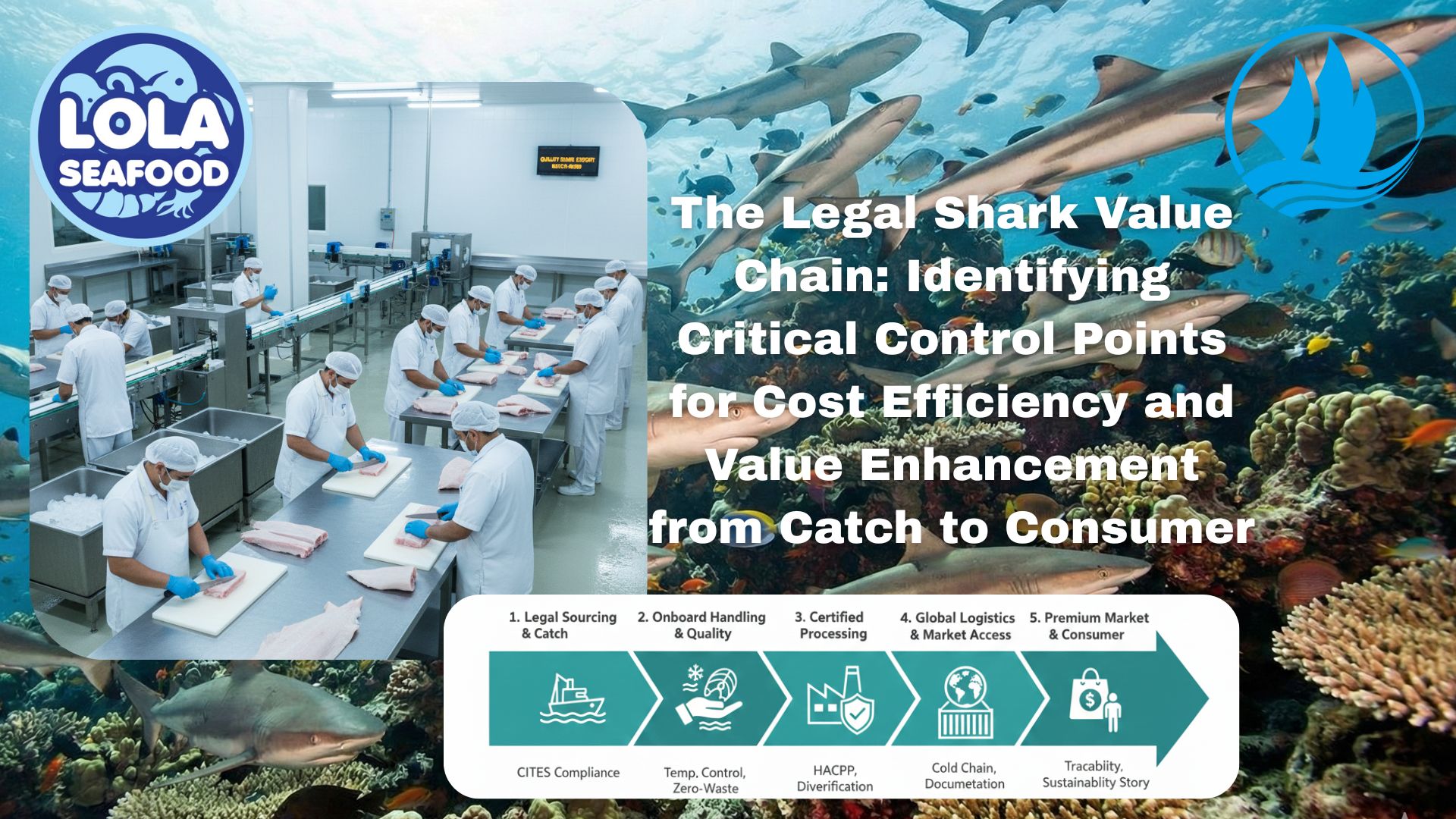Uniform Roll Sanitation: Ensuring Cleanliness and Compliance
By. Nugroho Luhur - 22 Aug 2025.jpg)
Kelolalaut.com Uniforms are essential in many industries for promoting professionalism, safety, and hygiene. However, the way uniforms are handled, stored, and distributed plays a critical role in maintaining these standards. One often overlooked but vital aspect is uniform roll sanitation — the process of ensuring that rolled uniforms are kept clean, safe, and contamination-free from laundry to usage.
What Is Uniform Roll Sanitation?
Uniform roll sanitation refers to the hygienic handling and packaging of cleaned uniforms, typically rolled and wrapped after laundering, to ensure they remain sanitized until worn. This process is especially important in sectors like:
• Healthcare (to prevent cross-contamination)
• Food Processing & Service (to avoid foodborne pathogens)
• Manufacturing & Industrial Work (to maintain safety and cleanliness standards)
Why It Matters?
1. Prevents Cross-Contamination
After washing, uniforms can easily become re-contaminated if not handled properly. Rolling and sanitizing them in a controlled environment helps preserve their cleanliness.
2. Supports Regulatory Compliance
Many industries are governed by strict health and safety regulations (e.g., OSHA, HACCP, GMP). Proper uniform sanitation helps meet these standards.
3. Improves Employee Hygiene and Confidence
Workers feel more confident and comfortable knowing their uniforms are handled hygienically, which can boost morale and productivity.
4. Extends Uniform Lifespan
Controlled handling reduces wear and tear from unnecessary contact, exposure, or improper storage.
Key Steps in Uniform Roll Sanitation
1. Post-Laundry Inspection
- Check for stains, damage, or incomplete cleaning.
- Ensure all items meet cleanliness standards before rolling.
2. Sanitized Work Environment
- Rolling and packaging should occur in a sanitized, dust-free area.
- Staff must wear gloves and clean uniforms when handling garments.
3. Rolling Procedure
- Uniforms are folded or rolled in a way that minimizes creases and exposure.
- Only sanitized tables and surfaces should be used.
4. Wrapping and Packaging
- Rolled uniforms are sealed in clean plastic or biodegradable wrap.
- Packaging should be dated and labeled for traceability.
5. Storage and Transport
- Store in clean, dry, and temperature-controlled spaces.
- Ensure transport vehicles are sanitized regularly.
Best Practices for Implementation
- Train Staff: Educate laundry and handling personnel on hygiene protocols and proper sanitation.
- Use Color-Coding: Differentiate clean vs. soiled garments using color-coded bins or labels.
- Audit Regularly: Conduct routine inspections to ensure sanitation standards are maintained.
- Invest in Equipment: Use stainless steel surfaces, UV sanitizing units, or automated roll/wrap machines if budget permits.
Uniform roll sanitation is more than just a process—it's a commitment to health, safety, and professionalism. Whether in a hospital, factory, or kitchen, keeping uniforms clean from wash to wear protects both employees and the people they serve. By following structured sanitation protocols, organizations can uphold hygiene standards, meet regulatory requirements, and enhance overall operational efficiency.
If youre interested in our Halibut Fillet Skinless please do not hesitate to contact us through email and/or whatsapp
 and Employee Productivity on the Demersal Fish Processing Floor.jpg)
The Correlation Between Occupational Health and Safety (OHS) and Employee Productivity on the Demersal Fish Processing Floor

Human Resource Management Challenges and Training Needs in Implementing HACCP Quality Standards within the Fish Processing Industry

The Legal Shark Value Chain: Identifying Critical Control Points for Cost Efficiency and Value Enhancement from Catch to Consumer

Global Trust Across Three Segments: How the HACCP System Ensures Premium Quality for Demersal, Pelagic Fish, and Legal Shark Product Utilization
.jpg)


 in Meeting Global Protein Demand Sustainably.jpg)
